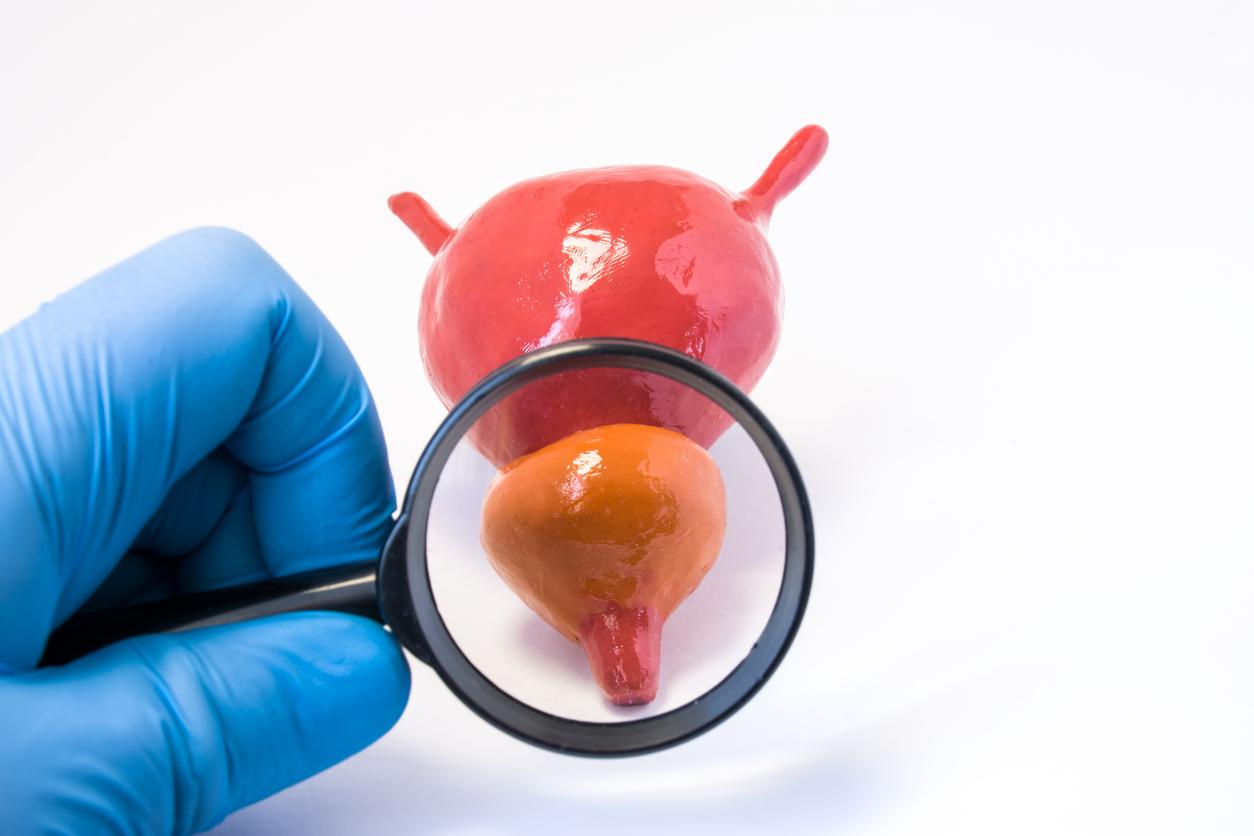Sometimes a lack of blood circulation leads to varicose veins: incontinent veins where the blood stagnates rather than circulating. They can dilate, be painful, visible… To treat them, and prevent chronic venous disease, “venous sclerosants“can be prescribed. But these are not without risk, recalls the Medicines Agency (ANSM), which announces the establishment of a multidisciplinary working group to further secure the use of these drugs.
Aetoxiscerol and Fibrovein are notably on the ANSM radar, “because risks ofvenous thromboembolic events and heart rhythm disorders which are associated with them and which can in certain very rare cases lead to death”, notes the Agency.
When to avoid them?
As a reminder, these venous sclerosants should be avoided in the event of a cardiac anomaly of the patent foramen ovale type, in patients at risk of thrombosis (family history, contraception, obesity, tobacco, etc.), with a history of thromboembolic episodes or diseases. Or in the event of obliterating arteriopathy, uncontrolled systemic disease (asthma, tumor, type I diabetes,…), acute infection, in patients in a situation of immobilityand if the patient had surgery less than 3 months ago.
What signs should alert?
Some side effects may suggest that these drugs are contraindicated, in this case the ANSM advises to contact a doctor as soon as possible. Among the abnormal symptoms, she notes: tachycardia or a feeling of tightness in the rib cagepalpitations, cough, shortness of breath, transient visual disturbance, Headache or Migrainespeech disorders, calf pain associated with redness or swelling, tingling in the extremities.
Source : Treatment of varicose veins: reminder of what to do to reduce the cardiovascular risks associated with the use of venous sclerosants, January 4, 2022, ANSM.
Read also:
- The right reflexes to avoid varicose veins
- Pelvic congestion syndrome: what is it?
- Doctor, my leg hurts


















